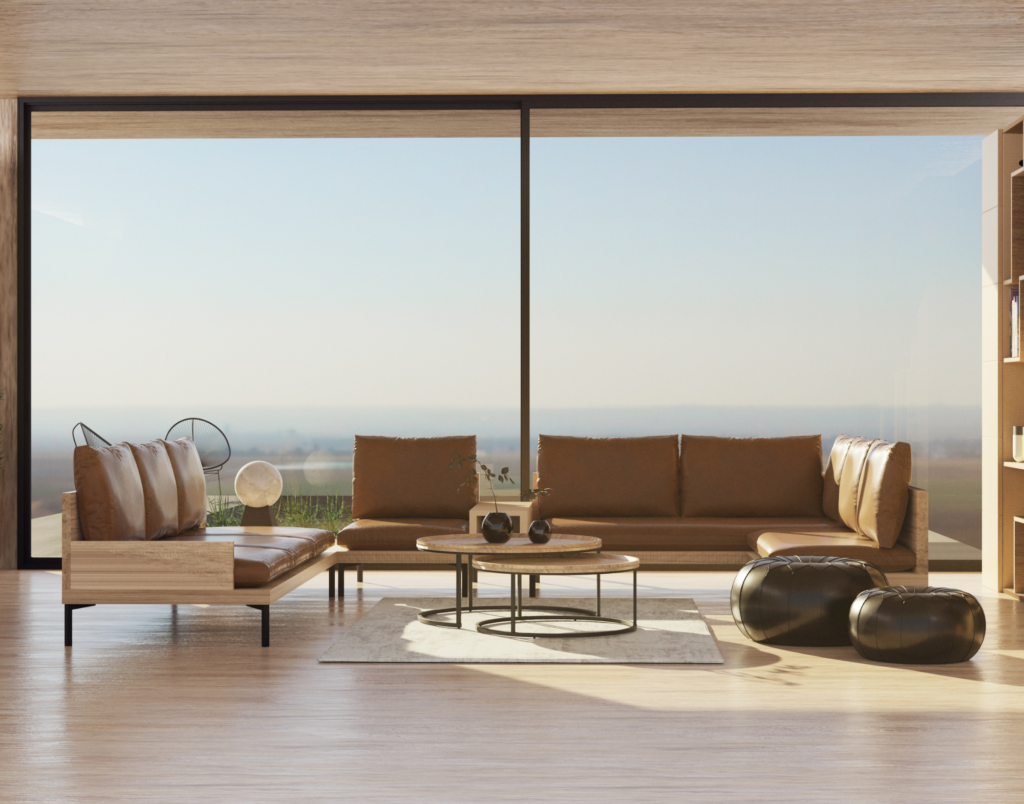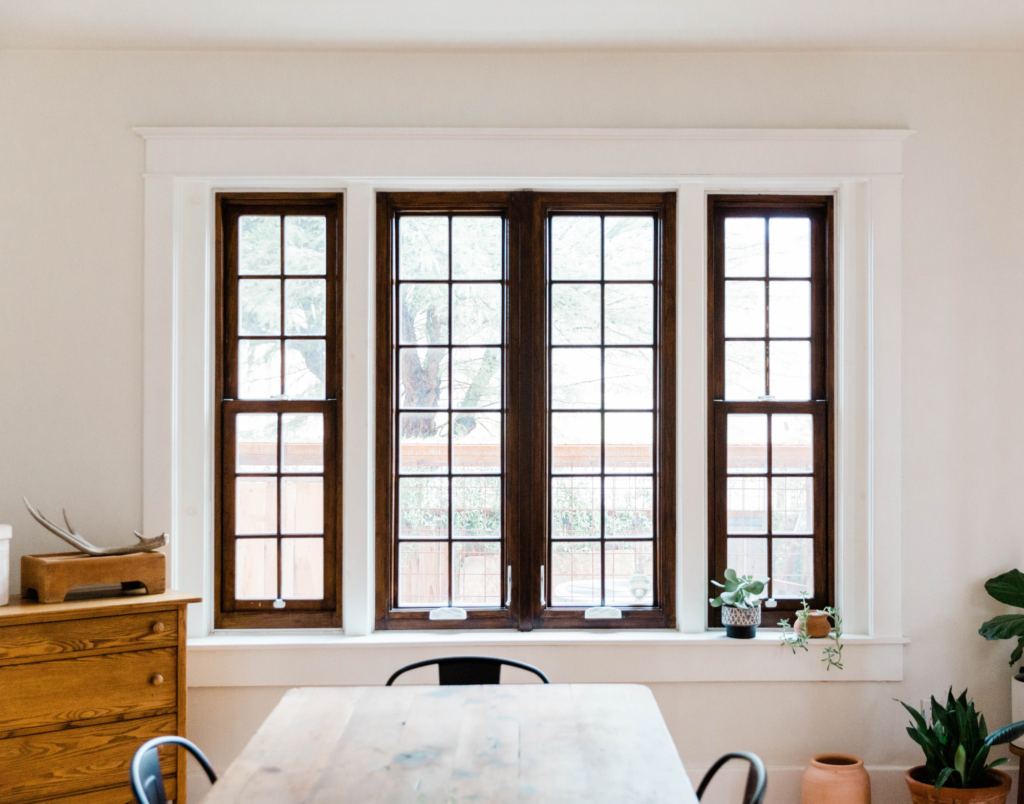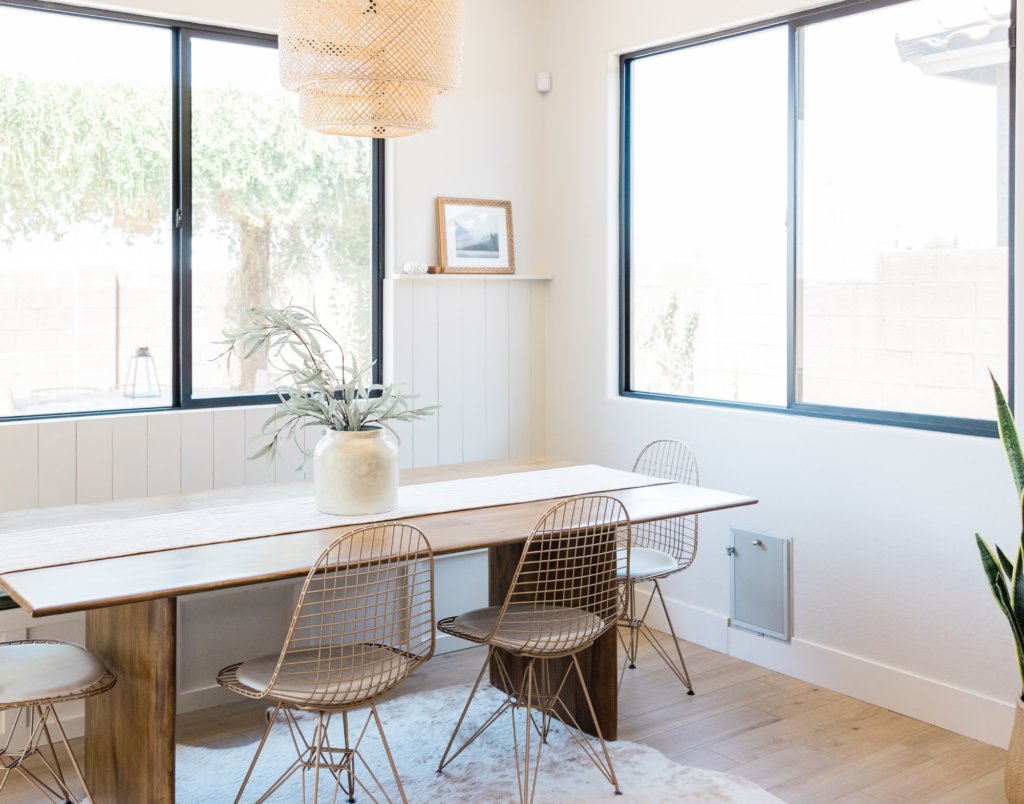Custom windows are a unique category of fenestration that allows homeowners to break free from the constraints of standard window sizes and designs. These bespoke solutions are tailored to fit specific architectural needs, aesthetic preferences, and functional requirements.
Standard vs. Custom Windows: A Comprehensive Comparison

When weighing the decision between standard and custom windows, it’s essential to consider various factors that can impact both the immediate installation process and long term satisfaction.
Standard Windows:
- Size Options: Standard windows are limited to pre-determined dimensions, making them suitable for homes or buildings with common window sizes but less adaptable for unique spaces.
- Design Flexibility: They are restricted to a few fixed styles, offering limited customization options, which may not work well for unique architectural or aesthetic requirements.
- Installation Time: These windows are quicker to install because they are pre-made and readily available, reducing delays in construction or renovation projects.
- Initial Cost: Standard windows are generally more affordable upfront, making them a budget-friendly option for homeowners or builders with cost constraints.
- Energy Efficiency: They come with standard energy efficiency ratings, which may not always provide optimal insulation or energy savings in extreme climates.
- Aesthetic Integration: These may require adjustments or modifications to fit seamlessly into existing architecture, which can affect their overall appearance.
Custom Windows:
- Size Options: Custom windows offer unlimited possibilities, making them perfect for unique spaces or designs requiring nonstandard dimensions.
- Design Flexibility: Fully customizable in terms of shape, style, and features, they allow homeowners and designers to create windows tailored to their exact preferences.
- Installation Time: Due to the bespoke nature of the product, manufacturing custom windows can take longer, potentially extending project timelines.
- Initial Cost: Customization comes with a higher upfront cost, but it provides added value through personalization and better compatibility with architectural designs.
- Energy Efficiency: Custom windows can be optimized for maximum energy efficiency using advanced materials and technologies tailored to specific climate needs.
- Aesthetic Integration: Designed to seamlessly integrate with any architectural style or design vision, they enhance the overall look and feel of a space.

Energy Efficiency Benefits of Custom Windows
Custom windows offer a significant advantage in terms of energy efficiency, as they can be tailored to meet the specific climate challenges and energy goals of a home. This customization allows for the integration of cutting edge technologies and materials that can improve a home’s performance.
- Tailored to Climate Needs: Designed to address specific climate challenges for optimal thermal performance. This reduces energy consumption, cutting energy bills year round.
- Advanced Insulation Features: Incorporate multiple panes, gas fills, and low-E coatings. These enhance insulation, prevent heat transfer, and lower utility bills.
- Perfect Fit for Air Sealing: Custom sizing eliminates gaps, reducing air leaks that cause heat loss in winter and cool air escape in summer, improving comfort.
- Optimized Natural Lighting: Strategically sized/placed windows reduce reliance on artificial lighting, lowering electricity usage during the day, and making them more sustainable.
- Solar Heat Gain Control: Maximize solar heat gain in colder climates; in warmer climates, use shading/tinting to minimize unwanted heat absorption and cooling costs.
Custom Window Dimensions: A Comprehensive Overview
When it comes to custom windows, size truly knows no bounds. Unlike standard windows, which are limited to predetermined dimensions, custom windows can be crafted to fit any opening, regardless of its size or shape.
- Single Hung Windows: Standard sizes range from 24″ x 36″ to 48″ x 72″. Custom sizes are available, limited by structural constraints.
- Double Hung Windows: Standard sizes range from 24″ x 36″ to 48″ x 72″. These can be scaled to fit multi-story openings.
- Picture Windows: Standard sizes range from 24″ x 24″ to 96″ x 60″. There is a possibility of floor to ceiling or wall to wall designs.
- Casement Windows: Standard sizes range from 20″ x 36″ to 40″ x 72″. These can be designed for unique corner installations.
- Bay Windows: Standard sizes range from 3’6″ x 3′ to 10’6″ x 6’6″. Custom projections and angles are possible.

Conclusion: Making the Decision Between Custom and Standard Windows
The decision between custom and standard windows ultimately depends on the specific needs, preferences, and constraints of each homeowner. While standard windows offer a cost effective solution for many applications, custom windows provide unparalleled flexibility in design, size, and performance. For personalized guidance and recommendations, reach out to us At The Window Factory, in California today!
